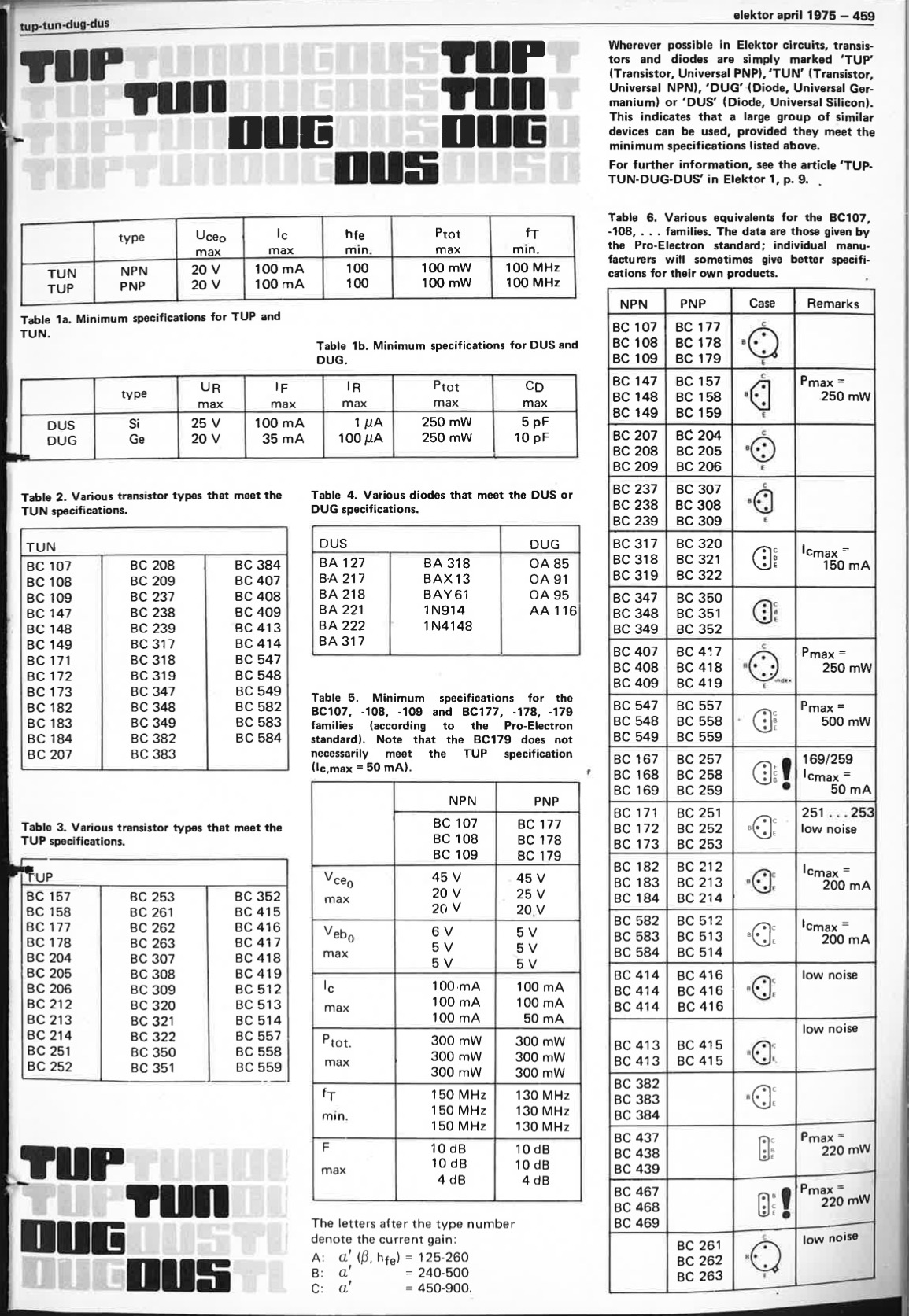I was going through a box of old parts and found two bags of (I think) TO-18 package transistors, one labeled "NPN", the other "PNP".
Looking at what's in the bags, I see the printing on the NPN transistors says SS5928-1 312, with the Motorola logo.
The PNP transistors say SS5929 7224, also with the Motorola logo.

I googled around for data sheets or specs and couldn't find anything. These devices must have gone obsolete before the internet happened. I found a 2N5929 and a C5929, but they're nothing like these.
Would anyone happen to know what these are?
Looking at what's in the bags, I see the printing on the NPN transistors says SS5928-1 312, with the Motorola logo.
The PNP transistors say SS5929 7224, also with the Motorola logo.
I googled around for data sheets or specs and couldn't find anything. These devices must have gone obsolete before the internet happened. I found a 2N5929 and a C5929, but they're nothing like these.
Would anyone happen to know what these are?
In the gold TO18 era Motorola had a huge business in private-spec parts. Sometimes this was to force repair business back to the OEM for profit. Mostly it was because if your mandatory specs were modest, Moto could probably find parts in their inventory as sort-out from 2N production. You want a 2N2222 (normally 60V) but only need 16 Volts? Hey, we got bushels.
You can do an Iceo test to see what you've got. Start with a 24 v wall transformer, series a 47k resistor, series a DVM set to 1 ma scale, some clip leads. Set + to C for npn, - to E. Opposite for PNP. Current =0.51 ma, 24 v is too much
Vce. Try a 36 v wall transformer from a dead fax machine or something. When current goes to about zero, the transistor can resist that voltage, Vce.
Warning, >24 v from one hand to the other can stop your heart. One hand at a time with the alligator clips.
Vce. Try a 36 v wall transformer from a dead fax machine or something. When current goes to about zero, the transistor can resist that voltage, Vce.
Warning, >24 v from one hand to the other can stop your heart. One hand at a time with the alligator clips.
+1 on the "House Number" bit,some manufacturer ordered quite normal transistors but under their own codes ...easy peasy.
Basic tests:
1) Hfe/DC current gain.
Almost any Multimeter carries a dedicated socket to measure that.
Not very precise, maybe not exact conditions you will us it under, but very close, enough for practical use.
2) admissible Vce: measurable as suggested above, basically short B to E and measure Ic.
Since you are not injecting Base current, what you are measuring are losses.
Raise supply voltage until you see Ic current rise, that´s your absolute limit.
Use up to 80% of that for safety.
In any case, they "should" meet famous Elektor TUPTUN rating, usable almost everywhere:
Elektor found most hobby projects (we are talking preamps, etc.) could n
be met by transistors meeting Transistor Universal PNP or Transistor Universal NPN and they published lists covering many, all equivalent;I would be VERY surprised if yours didn´t:

this one is from 1975 😱 and covers European transistors, but there are similar onesn for American and Japanese ones, in any case what´s important is which parameters are considered Universal ... I BET yours meet them.
Basic tests:
1) Hfe/DC current gain.
Almost any Multimeter carries a dedicated socket to measure that.
Not very precise, maybe not exact conditions you will us it under, but very close, enough for practical use.
2) admissible Vce: measurable as suggested above, basically short B to E and measure Ic.
Since you are not injecting Base current, what you are measuring are losses.
Raise supply voltage until you see Ic current rise, that´s your absolute limit.
Use up to 80% of that for safety.
In any case, they "should" meet famous Elektor TUPTUN rating, usable almost everywhere:
Elektor found most hobby projects (we are talking preamps, etc.) could n
be met by transistors meeting Transistor Universal PNP or Transistor Universal NPN and they published lists covering many, all equivalent;I would be VERY surprised if yours didn´t:

this one is from 1975 😱 and covers European transistors, but there are similar onesn for American and Japanese ones, in any case what´s important is which parameters are considered Universal ... I BET yours meet them.